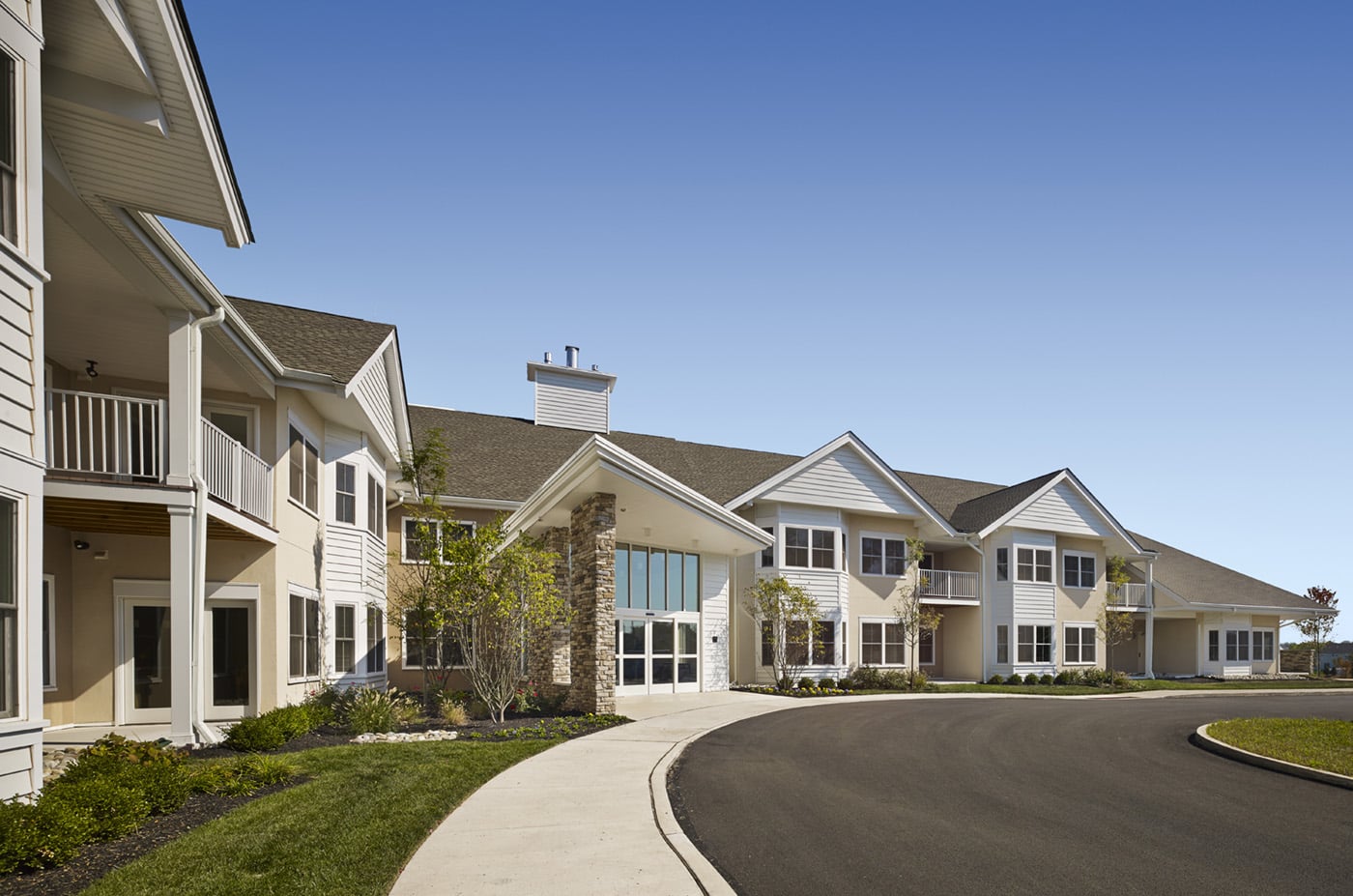
ADU: Unlocking New Opportunities for Buyers and Sellers in the Real Estate Market
ADU: Unlocking New Opportunities for Buyers and Sellers in the Real Estate Market Accessory Dwelling Units (ADUs) have recently gained popularity in the real estate market, presenting new opportunities for both buyers and sellers. These secondary housing units, also known as granny flats or backyard

7 Ways To Make Your house Attractive to Buyers
When it comes to selling your house, making it attractive to potential buyers is key. Whether you're putting your property on the market for the first time or you've had it listed for a while, there are several ways you can enhance its appeal and increase your chances of securing a buyer. In this bl

How to Choose The Right Mortgage For Your New Home
When it comes to purchasing a new home, one of the most important decisions you will make is choosing the right mortgage. With so many options available, it can be overwhelming for buyers to navigate through the different types of mortgages and find the one that best suits their needs. In this blog
Categories
Recent Posts









